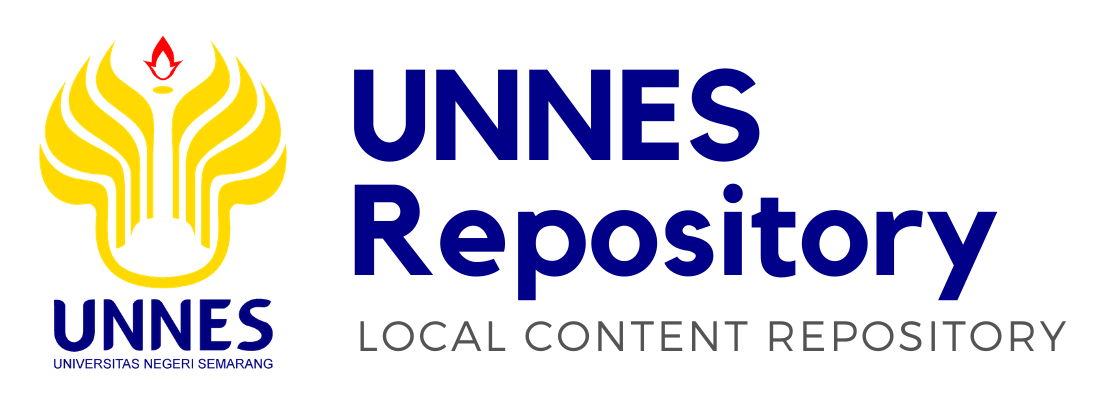COMMON ACTIONAL COMPETENCE USED BY THE STUDENTS IN SENDING SMS TO THE LECTURERS (The Case of English Department Students of Semarang State University)
Libra Hastamiwati , 2201405070 (2009) COMMON ACTIONAL COMPETENCE USED BY THE STUDENTS IN SENDING SMS TO THE LECTURERS (The Case of English Department Students of Semarang State University). Under Graduates thesis, Universitas Negeri Semarang.
Preview |
PDF (COMMON ACTIONAL COMPETENCE USED BY THE STUDENTS IN SENDING SMS TO THE LECTURERS (The Case of English Department Students of Semarang State University))
- Published Version
Download (404kB) | Preview |
Abstract
This final project is based on a study which attempted to describe common actional competence that the students use in sending SMS to the lecturers. Many lecturers feel disappointed with the language that students used in sending Short Message Service (SMS) in order to communicate with them. Talking about communication, we cannot be separated from communicative competence; one of which is actional competence. Therefore, I tried to observe the common actional competence used by the students in sending SMS to the lecturers. There were two problems discussed: (1) What common actional competence do the students use in sending SMS to the lecturers? (2) How should the students’ language be in sending SMS to the lecturers? Therefore, the aims of the study were (1) to describe common actional competence that the students use in sending SMS to the lecturers. (2) to find out how the students’ language should be in sending SMS (Short Message Service) to the lecturers. Data were obtained from SMS that the lecturers received from students. After collecting data, I classified the data based on actional components. Then I analyzed it. In analyzing the data, I employed qualitative approach. Quantification in the form of percentage was made to support the analysis. For the sake of newness and specificity, I highlighted the model of actional competence proposed by Celce-Murcia et al. (1995). The analysis started from the diction, language use, choise of time and actional competence. The last step is drawing conclusion. Research finding told us that the appearing components are interpersonal exchange (59.80%), information (20.59%), suasion (1.96%), problems (13.73%) and future scenarios (3.92%). The components that do not appear are opinions and feelings. The biggest percentage of interpersonal exchange is not surprising since interpersonal exchange is very crucial in communication. I finally conclude that only five of the seven components proposed by Celce-Murcia et al. are employed by the students in sending SMS to the lecturers. Those components are interpersonal exchange, information, suasion, problems, and future scenarios. The common actional component used by the students in sending SMS to the lecturers is interpersonal exchange. The language used should be in the polite form, and to achieve it, the sender can apply components of actional competence, they are interpersonal exchange, information, opinions, feelings, suasion, problems, and future scenarios.
| Item Type: | Thesis (Under Graduates) |
|---|---|
| Uncontrolled Keywords: | actional competence, SMS, and qualitative research. |
| Subjects: | L Education > LB Theory and practice of education > LB2300 Higher Education P Language and Literature > PE English |
| Fakultas: | Fakultas Bahasa dan Seni > Pendidikan Bahasa Inggris (S1) |
| Depositing User: | Users 98 not found. |
| Date Deposited: | 18 May 2011 05:18 |
| Last Modified: | 25 Apr 2015 04:49 |
| URI: | http://lib.unnes.ac.id/id/eprint/2458 |
Actions (login required)
 |
View Item |
